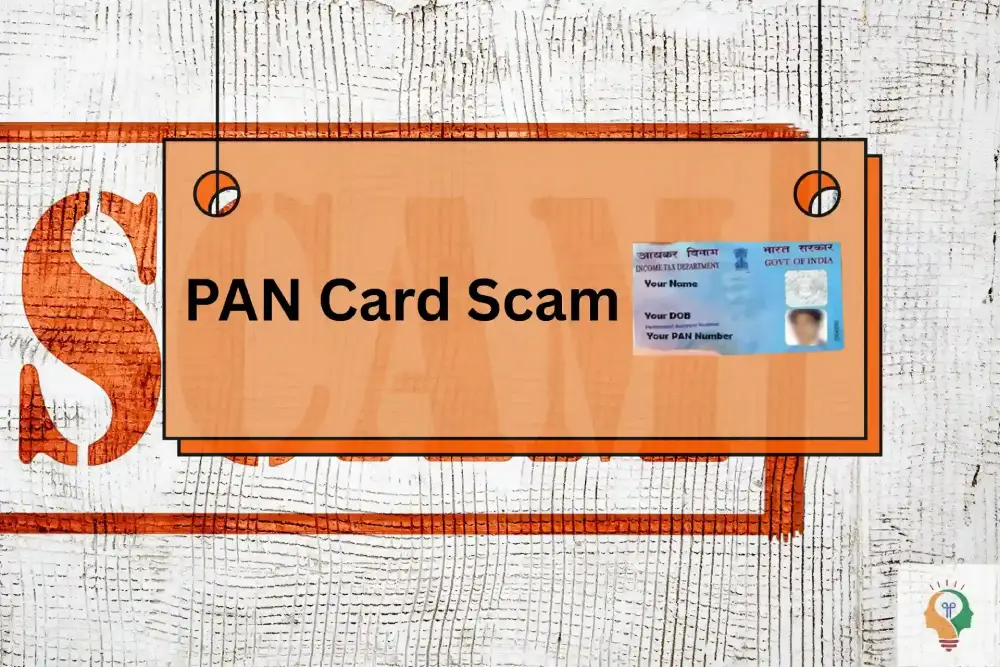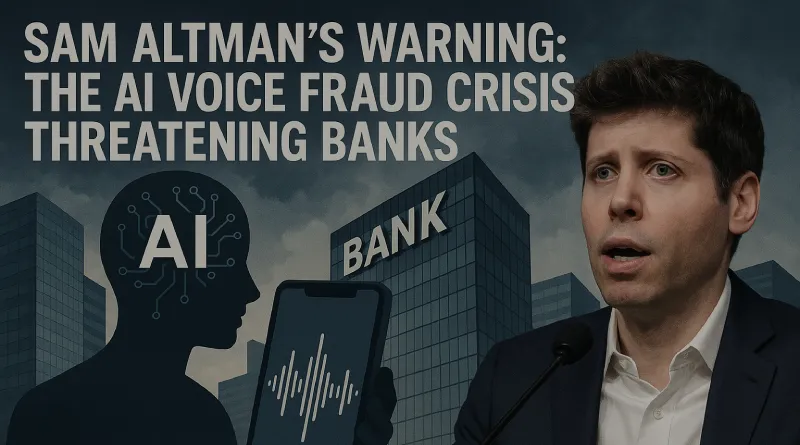Beware the PAN 2.0 Scam: Government’s Urgent Warning Against Phishing Emails
The Indian government has sent out an important warning to taxpayers about a complicated phishing scheme that takes use of the new PAN 2.0 program. Scammers are sending fake emails that look like they’re from the Income Tax Department. They offer people an improved “PAN 2.0” card with better security and QR code features. These emails, which typically come from strange addresses like info@smt.plusoasis.com, are trying to steal your private and financial information. As India moves toward digital transformation with programs like PAN 2.0, this scam shows how important it is to be careful in a world that is becoming more linked. This article goes into detail about how the scam works, gives useful advice on how to stay safe, and looks at what it means in India.
Understanding the PAN 2.0 Initiative
The Government of India started the PAN 2.0 project to update the Permanent Account Number (PAN) system. It adds features including a dedicated vault for better data protection, dynamic QR codes for rapid access to updated information, and a single site for PAN and Tax Deduction and Collection Account Number (TAN) services to make taxpayer services more efficient. The plan, which was unveiled in late 2024, is meant to make tax-related tasks easier and more effective for India’s 440 million PAN cardholders. The government has made it clear that existing PAN cards are still valid. Only personal information like name or date of birth needs to be updated, and it costs ₹50 to get a new physical card in India.
Cybercriminals, on the other hand, have taken over the frenzy about PAN 2.0. Fraudsters are taking advantage of people’s curiosity by sending fake emails that seem like genuine ones and telling people to click on links to download a “e-PAN” card. These emails are part of a phishing scheme that tries to steal personal information, like PAN numbers, Aadhaar details, and bank account information, so that people can steal their identity and commit financial fraud.
How the Scam Works
Emails that look like they are from a real company with subject lines like “Get Your PAN 2.0 Card” or “Download Your e-PAN” are part of the scam. A lot of these communications say that the Income Tax Department has released a new version of PAN with more features and advise people to upgrade right away. When visitors click the link, they are taken to a fake website that looks like legitimate government sites like the Income Tax Department or authorized agencies like Protean (previously NSDL) and UTIITSL. Once people are on these false sites, they are asked to give personal information, which scammers then use to do things like open fake bank accounts, get fake loans, or buy expensive things like jewelry.
The Press Information Bureau (PIB) Fact Check team has called these emails false. They said that the Income Tax Department never sends emails asking for personal information or giving links to download e-PAN cards without being asked. Official emails usually come from domains that finish in .gov.in or .nic.in, which is not the case with the addresses used in these scams.
Local Context: Why India is Vulnerable
Cybercriminals are very interested in India since its digital economy is growing quickly and there will be more than 800 million internet users by 2025. The country’s push toward digitalization, which includes programs like Digital India and the widespread use of UPI, has made more people do business online, but it has also made them more vulnerable to cyber dangers. A report from the Indian Computer Emergency Response Team (CERT-In) in 2024 said that phishing attacks in India grew by 30% in the last year. Financial frauds cost victims billions of rupees per year. The PAN card is a very important piece of identification for taxes and finances, and it is quite easy to steal because it is used in so many transactions, from buying property to banking.
Scammers take advantage of people’s lack of knowledge in rural areas, where digital literacy is still growing, by generating a sense of urgency, like saying that current PAN cards would stop working if they aren’t upgraded right away. Urban users are also at risk because advanced phishing sites can seem much like real government websites. For example, the cyber cell in Uttar Pradesh has seen a rise in complaints of PAN 2.0 frauds and has told people not to share one-time passwords (OTPs) or click on URLs that look dubious.

Unique Insights: Beyond the Scam
The PAN 2.0 scam shows a bigger problem: how to keep up with new technology while also keeping people safe online. PAN 2.0’s features, such as QR code integration and encrypted data vaults, promise to make things more efficient, but they also provide criminals a chance to take advantage of people’s curiosity. Unlike scams that happen right away, like UPI scams, people who misuse their PAN cards frequently don’t realize it until they get in trouble with the law or their finances, such as getting a tax notice for transactions they didn’t disclose or having their credit score go down. IndiaSpend reported on a case from 2018 in which a sales professional got a tax notice for ₹20 crore in sales made with his stolen PAN details.
The scam also shows how important it is to be digitally literate. The Digital Saksharta Abhiyan and other programs in India try to teach people, yet there are still gaps. The government’s proactive reaction, which includes PIB’s social media initiatives on sites like X, is a step toward getting more people to know about it. Accounts like @PIBFactCheck and @TimesNow have told people to check the sources of their emails and report any questionable behavior. This message has reached India’s 500 million X users.
How to Stay Safe
To protect yourself from the PAN 2.0 scam, follow these actionable steps:
- Verify the Source: Only trust emails from official domains like .gov.in or .nic.in. Avoid clicking links from addresses like info@smt.plusoasis.com.
- Use Authorized Portals: Access PAN services only through the Income Tax Department’s website (incometaxindia.gov.in), Protean, or UTIITSL.
- Report Suspicious Emails: Forward phishing emails to webmanager@incometax.gov.in or incident@cert-in.org.in. Report scams to the National Cybercrime Reporting Portal (cybercrime.gov.in) or helpline (1930).
- Monitor Your Credit Score: Regularly check your credit score via bureaus like CIBIL or Experian to detect unauthorized transactions.
- Avoid Sharing Sensitive Data: Never share PAN, Aadhaar, or bank details via email or unverified websites. Use alternative IDs like voter ID when possible.
Conclusion: Stay Vigilant, Stay Safe
The PAN 2.0 fraud is the harsh reminder of the dangers that India faces with its digitalization. Although the PAN 2.0 project will improve the services to taxpayers, it has unknowingly left the taxpayers open to the risk of cybercriminals due to the element of trust and curiosity. Taxpayers have control over the security of their personal and financial information by being well informed, checking the source, and using official channels. The response of the government is also very critical in fighting off this threat along with the sensitization of the masses. With technology further integrating ways of life, creating digital literacy and distrusting unsolicited communication will be the key to safeguarding the Indian citizens. Tell others about it by informing your friends and family members that nobody should lose some money as a victim of the PAN 2.0 scam.
Disclaimer
The information presented in this blog is derived from publicly available sources for general use, including any cited references. While we strive to mention credible sources whenever possible, Web Techneeq – Web Design Agency in Mumbai does not guarantee the accuracy of the information provided in any way. This article is intended solely for general informational purposes. It should be understood that it does not constitute legal advice and does not aim to serve as such. If any individual(s) make decisions based on the information in this article without verifying the facts, we explicitly reject any liability that may arise as a result. We recommend that readers seek separate guidance regarding any specific information provided here.

